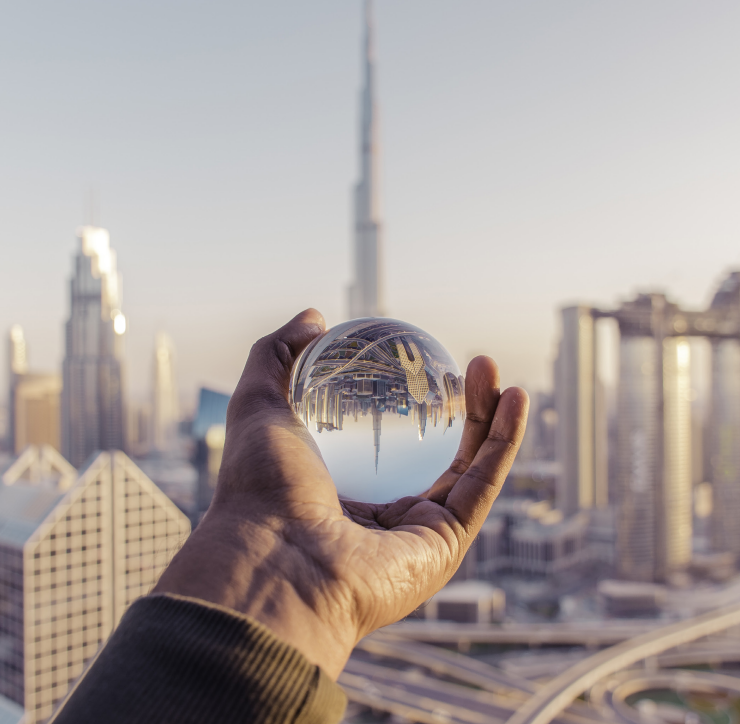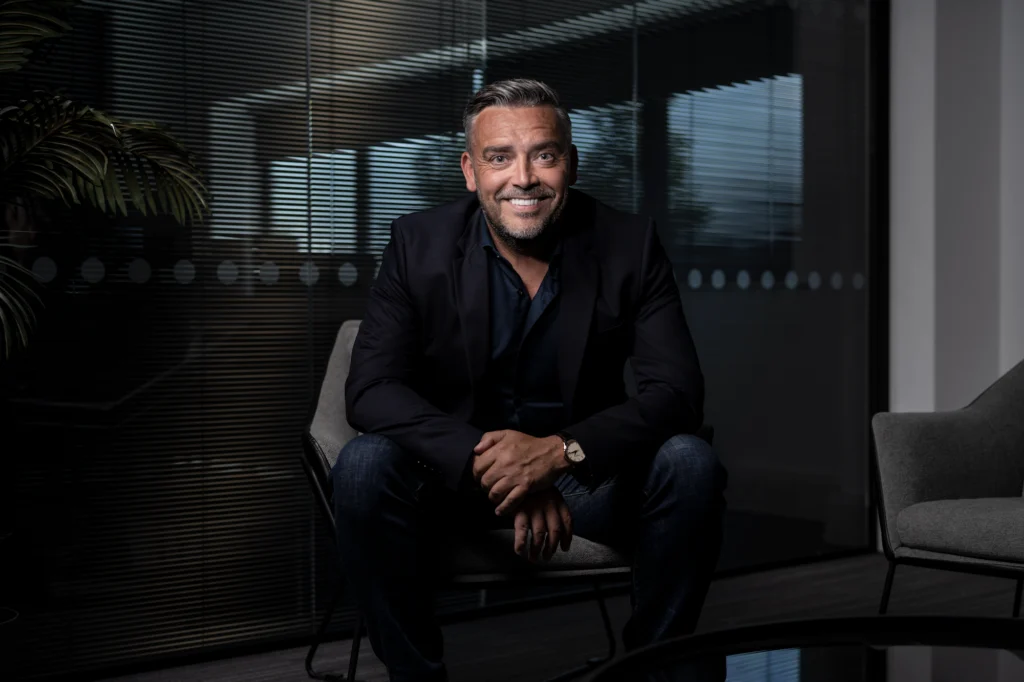Trump Proposes USA as Hub for Crypto Reserve Bank, Will This Secure America’s Financial Future?
Trump Proposes USA as Hub for Crypto Reserve Bank Will This Secure America’s Financial Future By Marina Ezzat Alfred The explosive growth of cryptocurrency has dominated financial discussions worldwide, with increasing attention being paid to the concept of a U.S. crypto reserve bank. Former President Donald Trump has recently amplified this conversation by proposing that the United States should establish itself as the global hub for such an institution. This bold endorsement comes at a critical moment when nations are racing to define their roles in the emerging digital economy. A U.S. crypto reserve bank would function as a next-generation central bank, blending traditional monetary policy with innovative digital currency management. Its core responsibilities would include issuing a U.S. central bank digital currency (CBDC), regulating cryptocurrency markets to protect investors, and ensuring financial stability in this volatile sector. Unlike the Federal Reserve’s current framework, this institution would be specifically designed to integrate blockchain technology into America’s financial infrastructure while maintaining the dollar’s global dominance. The potential benefits of a U.S.-based crypto reserve bank are substantial. First, it would provide much-needed regulatory clarity in an industry that has suffered from inconsistent oversight. By establishing clear rules for crypto exchanges, stablecoins, and decentralized finance (DeFi) platforms, the U.S. could reduce fraud and market manipulation while fostering responsible innovation. Second, a government-backed digital dollar could streamline payments, making cross-border transactions faster and cheaper for businesses and consumers alike. Trump’s push for a U.S. crypto reserve bank reflects growing recognition that America risks losing its financial leadership if it doesn’t embrace digital currencies. While countries like China have aggressively developed their digital yuan, and jurisdictions like Switzerland and Singapore have created crypto-friendly regulations, the U.S. has moved cautiously. This hesitation has already led some blockchain companies to relocate overseas, taking jobs and innovation with them. The technological infrastructure required for a crypto reserve bank presents both challenges and opportunities. The institution would need to develop secure, scalable blockchain systems capable of handling millions of transactions while protecting against cyber threats. This could spur significant advancements in quantum-resistant cryptography and distributed ledger technology. Additionally, the bank would need to create interoperability standards allowing different blockchain networks to communicate seamlessly with traditional banking systems. From a geopolitical perspective, a U.S. crypto reserve bank could help maintain dollar supremacy in an increasingly multipolar financial world. As BRICS nations explore alternatives to dollar-dominated trade, a digital dollar could give America new tools for international economic leadership. The bank could facilitate “smart” sanctions with programmable money, enable real-time settlement of international transactions, and provide financial services to the unbanked through digital wallets. The political landscape surrounding this proposal remains complex. Progressive lawmakers worry about consumer protections and energy consumption, while libertarians fear excessive government surveillance through CBDCs. Finding bipartisan consensus will require careful balancing of innovation with safeguards. The recent collapse of several crypto firms has strengthened arguments for robust oversight, but excessive regulation could stifle the industry’s growth. Implementation would likely occur in phases, beginning with pilot programs for interbank settlements before expanding to retail CBDCs. The Federal Reserve is already exploring these concepts through projects like FedNow, but a dedicated crypto reserve bank could accelerate development. Key decisions would need to be made about whether to build on existing blockchain networks like Ethereum or create new infrastructure, and how to balance privacy with regulatory compliance. The economic implications are profound. A well-designed crypto reserve bank could reduce payment processing costs by up to 80%, saving businesses billions annually. It might also help address financial inclusion, as digital wallets could provide banking services to America’s underbanked populations without requiring traditional bank accounts. However, the transition would require massive workforce retraining and could disrupt existing financial institutions. As the 2024 election approaches, cryptocurrency policy is becoming an increasingly prominent campaign issue. Trump’s endorsement positions him as pro-innovation, while the Biden administration has taken a more cautious approach. Whoever wins will significantly influence whether America leads or follows in the digital currency revolution. The window for action is closing. With the EU finalizing its Markets in Crypto-Assets (MiCA) regulations and China expanding its digital yuan trials, the U.S. must decide whether to shape global crypto standards or accept rules made by others. A U.S. crypto reserve bank could be the institution that preserves American financial leadership for the 21st century, but only if implemented thoughtfully and decisively. The coming years will determine whether the U.S. embraces its potential as the hub of digital finance or cedes this critical territory to competitors. As blockchain technology reshapes money itself, America faces a simple choice: innovate or stagnate. The establishment of a crypto reserve bank may prove to be the most important financial innovation since the creation of the Federal Reserve in 1913 – one that could secure America’s economic future for generations to come. This strategic move would not only modernize the U.S. financial system but also position America to write the rulebook for the next era of global finance. In an age where technological leadership equals economic and political power, the stakes couldn’t be higher. The question isn’t whether the world will adopt digital currencies, but which nation will lead this transformation – and all signs suggest the U.S. still has the opportunity to claim this vital leadership role if it acts now.









